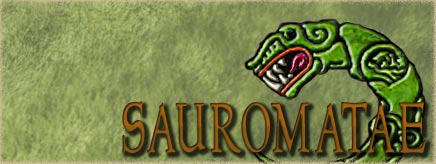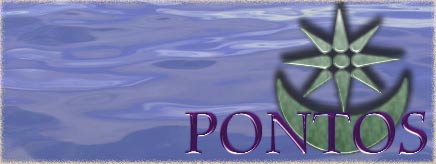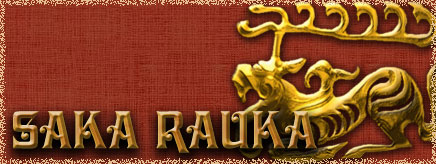In those simple times there was a great wonder and mystery in life. Man walked in fear and solemnity, with Heaven very close above his head, and Hell below his very feet. God's visible hand was everywhere, in the rainbow and the comet, in the thunder and the wind. The Devil too raged openly upon the earth; he skulked behind the hedge-rows in the gloaming; he laughed loudly in the night-time; he clawed the dying sinner, pounced on the unbaptized babe, and twisted the limbs of the epileptic. A foul fiend slunk ever by a man's side and whispered villainies in his ear, while above him there hovered an angel of grace . . .
Arthur Conan Doyle







 Reply With Quote
Reply With Quote







 donated by ARCHIPPOS for being friendly to new people.
donated by ARCHIPPOS for being friendly to new people. donated by Tellos Athenaios as a welcome to Campus Martius
donated by Tellos Athenaios as a welcome to Campus Martius






Bookmarks